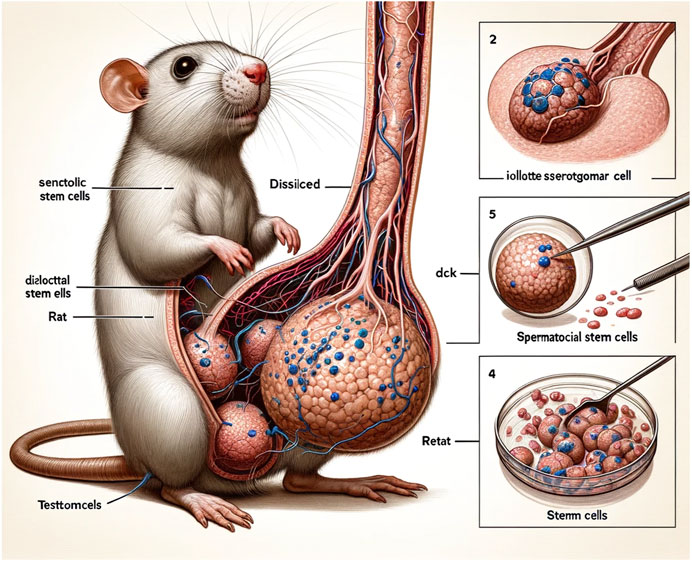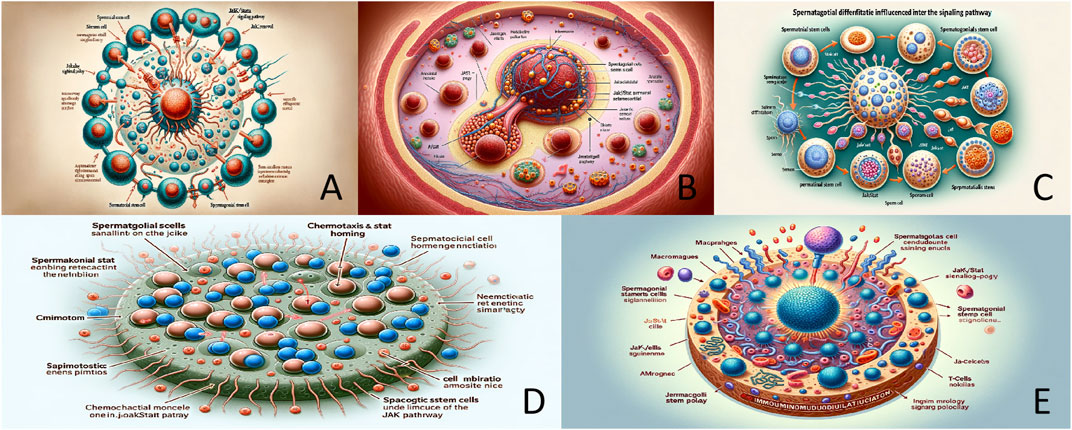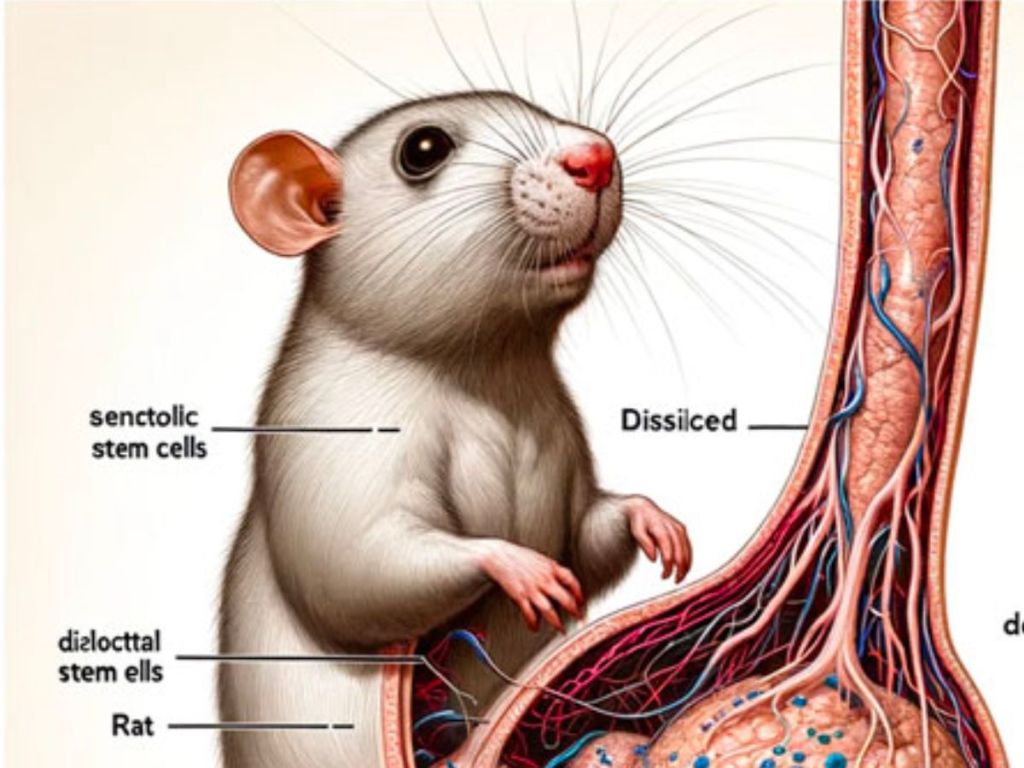A scientific journal has been found to use Midjourney to generate images of a rodent’s genitals. This latest incident marks yet another case of AI-powered tools creeping into academia.
First reported by Vice Motherboard, the peer-reviewed paper, published on Wednesday in the Swiss-based journal Frontier, was written by researchers from China’s Hong Hui Hospital and Xi’an Jiaotong University.
The scientific paper, titled “Cellular functions of spermatogonial stem cells in relation to JAK/STAT signalling pathway”, was about stem cells in animals and how they influence gene expression. Midjourney, a popular AI art generator that is facing lawsuits from artists, is credited in the paper.
Midjourney’s ‘artistic’ depiction
A further read of the paper would lead one to come across a visual depiction of a rat’s penis. However, a closer inspection of said depiction would then reveal some glaring mistakes in the image.
For example, most labels in the image contain either spelling errors or jumbled, nonsensical text. “Dick” might’ve been erroneously spelled as “dck”. There’s also “dissilced”, “iollotte sserotgomar cell”, and “testtomcels” – all of which are not words that exist in the English dictionary.
The illustration of the rat’s penis is also erroneous and larger than the size of the rat’s body.

Subsequent images in the paper is are illustration of cells. However, again, the illustrations contain nonsensical garble.

AI in academia
Frontier’s policies for journal publications state that generative AI is permitted, but that it must be disclosed as an author, which the paper credits.
At the time of writing, Frontier has issued a notice of correction for the paper on its site. “An investigation is currently being conducted and this notice will be updated accordingly after the investigation concludes,” Frontier states.
In a statement to The Chainsaw, a spokesperson for Frontier said the journal “has now retracted and removed the article from the databases to protect the integrity of the scientific record.”
“Our investigation revealed that one of the reviewers raised valid concerns about the figures and requested author revisions. The authors failed to respond to these requests. We are investigating how our processes failed to act on the lack of author compliance with the reviewers’ requirements. We sincerely apologise to the scientific community for this mistake and thank our readers who quickly brought this to our attention.”





